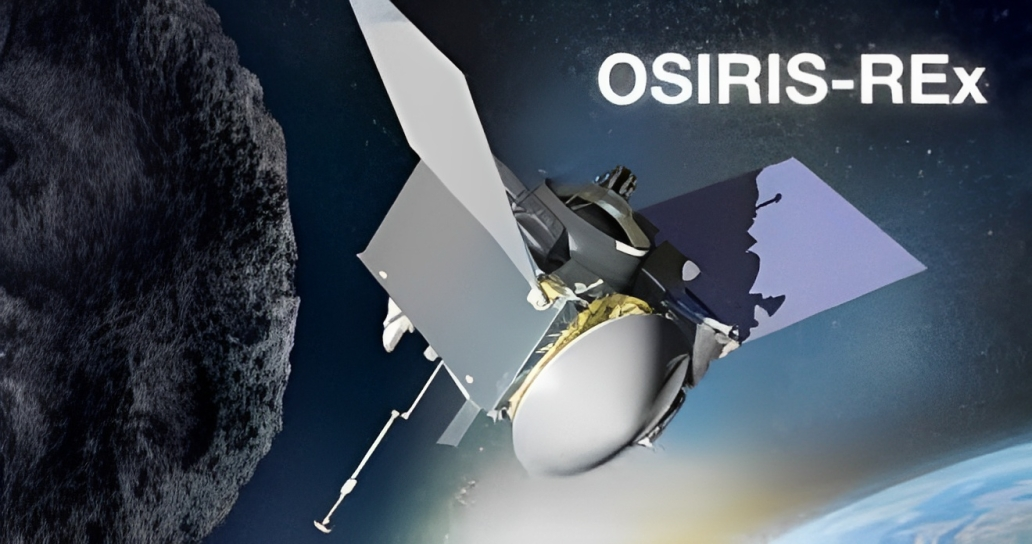Free Courses Sale ends Soon, Get It Now


Free Courses Sale ends Soon, Get It Now



Copyright infringement not intended
Context: The OSIRIS-REx spacecraft, which collected a sample from asteroid Bennu last year, has successfully executed a critical manoeuvre that will bring it closer to Earth. On July 26, the spacecraft fired its thrusters for about 63 seconds, changing its speed and direction by 2.09 kilometres per hour. This small but essential adjustment will enable the spacecraft to intersect with Earth's orbit and deliver its valuable cargo - a piece of the ancient asteroid.
Details
Key Objectives of the Mission
Sample Collection
Studying bennu's Composition
Understanding Asteroid Properties
Sample Return to Earth
Conclusion
Must Read Articles:
NASA’s OSIRIS-REx: https://www.iasgyan.in/daily-current-affairs/nasas-osiris-rex
|
PRACTICE QUESTION Q. What is the primary objective of the OSIRIS-REx mission? 1. To study the Martian atmosphere 2. To collect a sample from the asteroid Bennu 3. To study the rings of Saturn 4. To search for signs of life on Europa How many of the above statements is/are correct? A) Only 1 B) Only 2 C) Only 3 D) All Answer: A Explanation: The main goal of the OSIRIS-REx mission is to collect a pristine sample of regolith (loose surface material) from the near-Earth asteroid Bennu and return it to Earth for further analysis. |
© 2024 iasgyan. All right reserved